Halloween is just a few short weeks away. And we’re getting ready for the season with the Fall Writing Contest! Share your best scary story with us for the chance to win frightfully rewarding prizes!
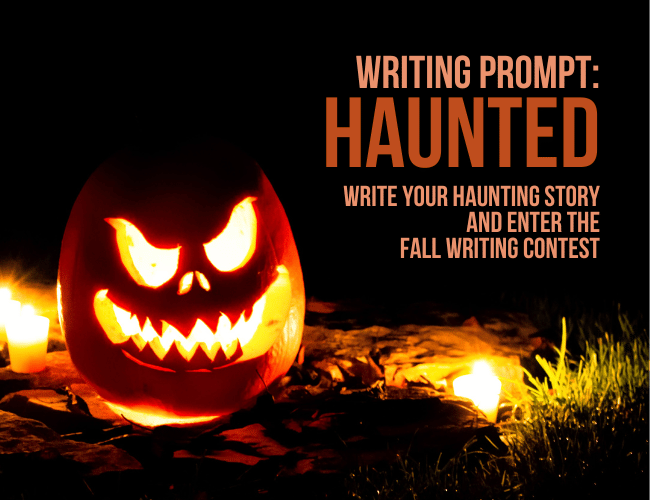
At The Write Practice, we publish a new article each day designed to help writers tackle one part of their writing journey, from generating ideas to grammar to writing and publishing your first book. Each article has a short practice exercise at the end to help you immediately put your learning to use.
Check out the latest articles below or find ones that match your interest in the sidebar.
And make sure to subscribe to get a weekly digest of our latest posts, along with our free guide, 10 Steps to Become a Writer.

Halloween is just a few short weeks away. And we’re getting ready for the season with the Fall Writing Contest! Share your best scary story with us for the chance to win frightfully rewarding prizes!
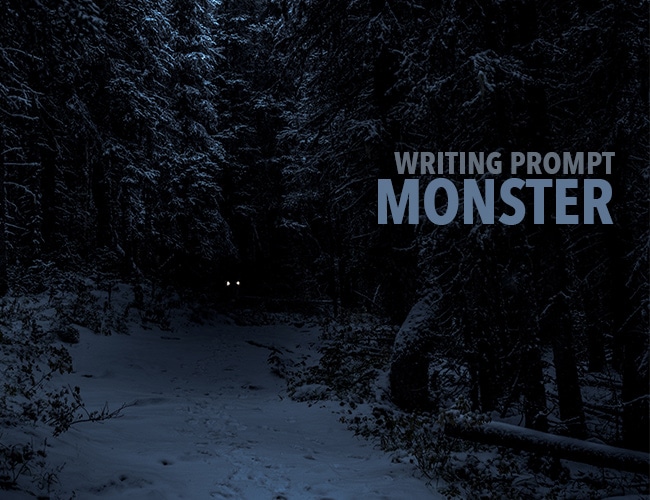
Sometimes, all you need to give your writing a boost is an inspiring writing prompt. And when it comes to writing prompts, we’ve got you covered.
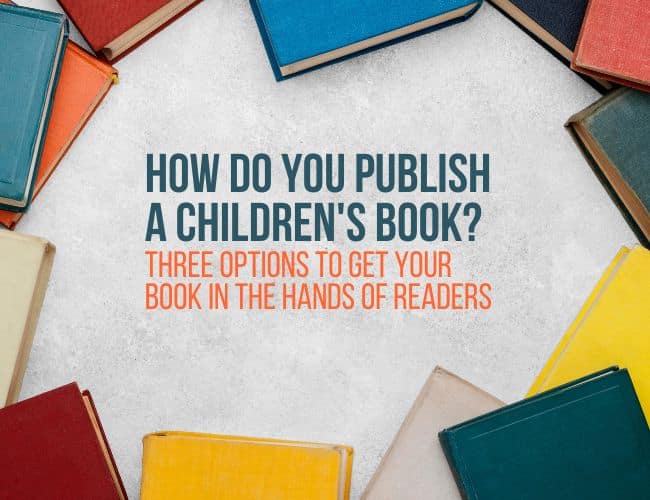
The question I get asked most is this: "How do I publish my children's book?" There are more options than ever depending on the book and your goals. Today's article will help you decide how to publish your book. In this series How to Write a Children's Book, we've...

Today we’re looking at a literary device that you’re probably using in everyday speech, even if you didn’t know the name of it. Let’s define synecdoche, look at some examples, and talk about how you can use it in your writing.
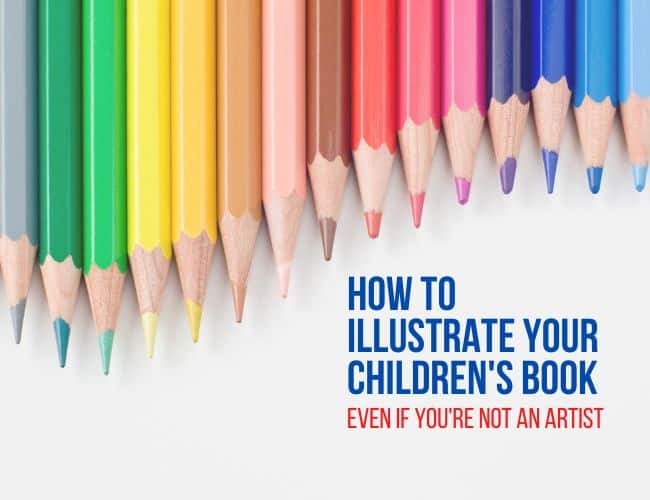
One of the questions a new children’s picture book author often asks is, “What do I do about pictures? Do I have illustrate my children’s book myself? If not, how do I find someone to help?”
If you’re asking these questions, you aren’t alone! Today let’s look at what to do about illustration for your children’s book.
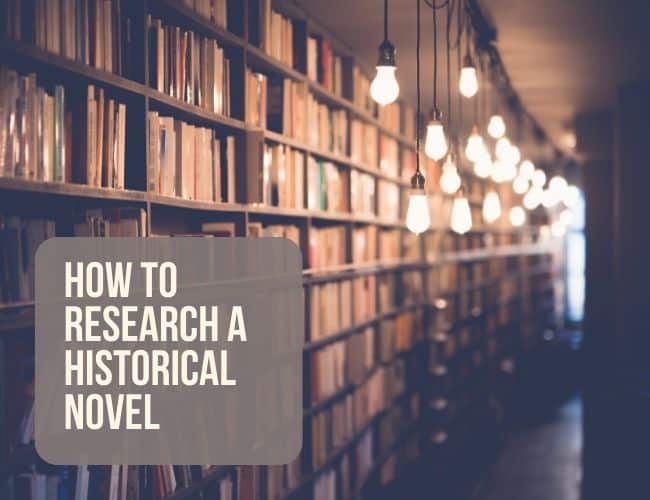
It doesn't take any research to know that historical fiction writers love spending time in history books, digital archives, museum exhibits, and library collections---and that's just in our spare time! But how do we keep that research from overshadowing the actual...
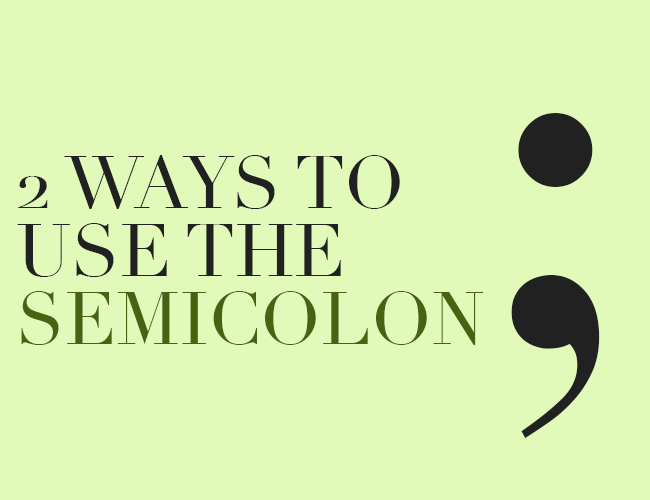
If the semicolon was just a little less top-heavy, then it would be a comma, and rightfully used and appreciated. Sadly, many writers have a confused relationship with the semicolon, not really sure how or when to use semicolons in their lovely sentences.
Don’t worry, little semicolon. Your virtues will not be lost on this audience as long as I have a say in it.
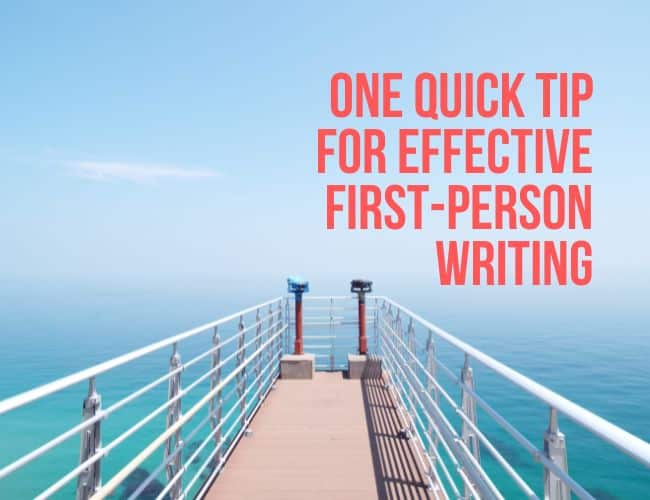
First-person perspective is kind of like cheese: some people love it, some people hate it, and when it’s poorly done, it grates.
Sorry for the pun.
I personally love first-person, and it is my joy to share one simple, quick writing tip that can help your first-person perspective writing shine: cut the filter words.
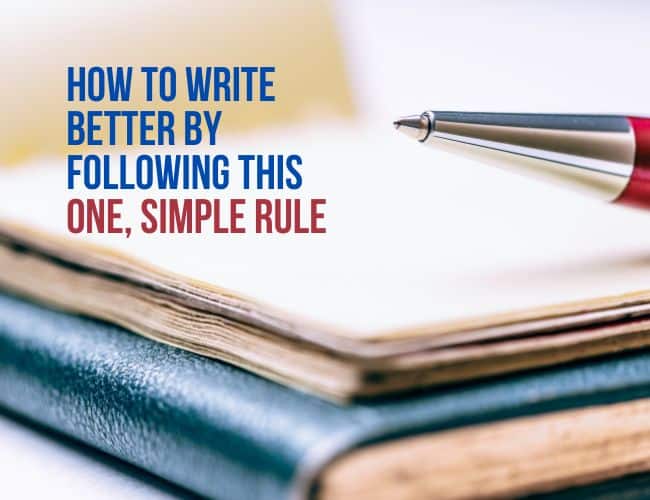
Out of curiosity, I recently Googled “how to write better.” You should try it. I got a list of great resources that would help any writer. However, as I read each of the articles, something began to gnaw at me. Something was missing in the excellent advice these well-respected writers were giving on how to write better. A core rule had been left out.
This article is about that missing rule.
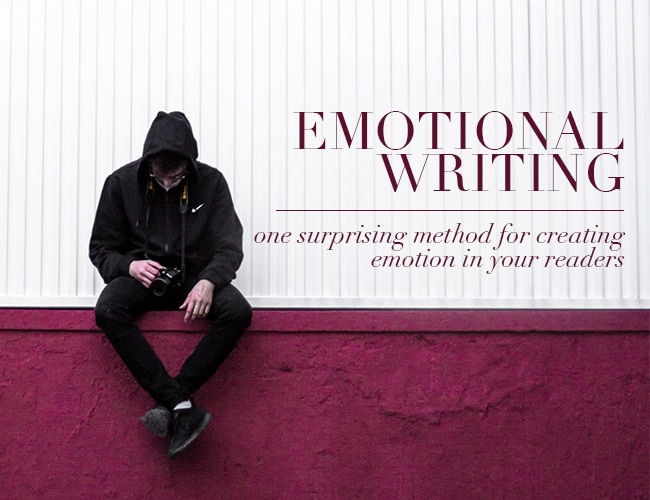
As a writer, you’ve probably learned that story is not about what happens. Rather, it’s about how the events affect the protagonist. The plot points may appeal to the reader’s intellect, but you want to go deeper than that, reaching and stirring the coals of a reader’s emotions. That kind of emotional writing is when you make a real connection, establishing something meaningful between writer and reader.
But how is this done? How do you reach beyond the plot points and offer your reader something more? There are a number of ways to accomplish this, but I’m going to focus on one technique that might surprise you.